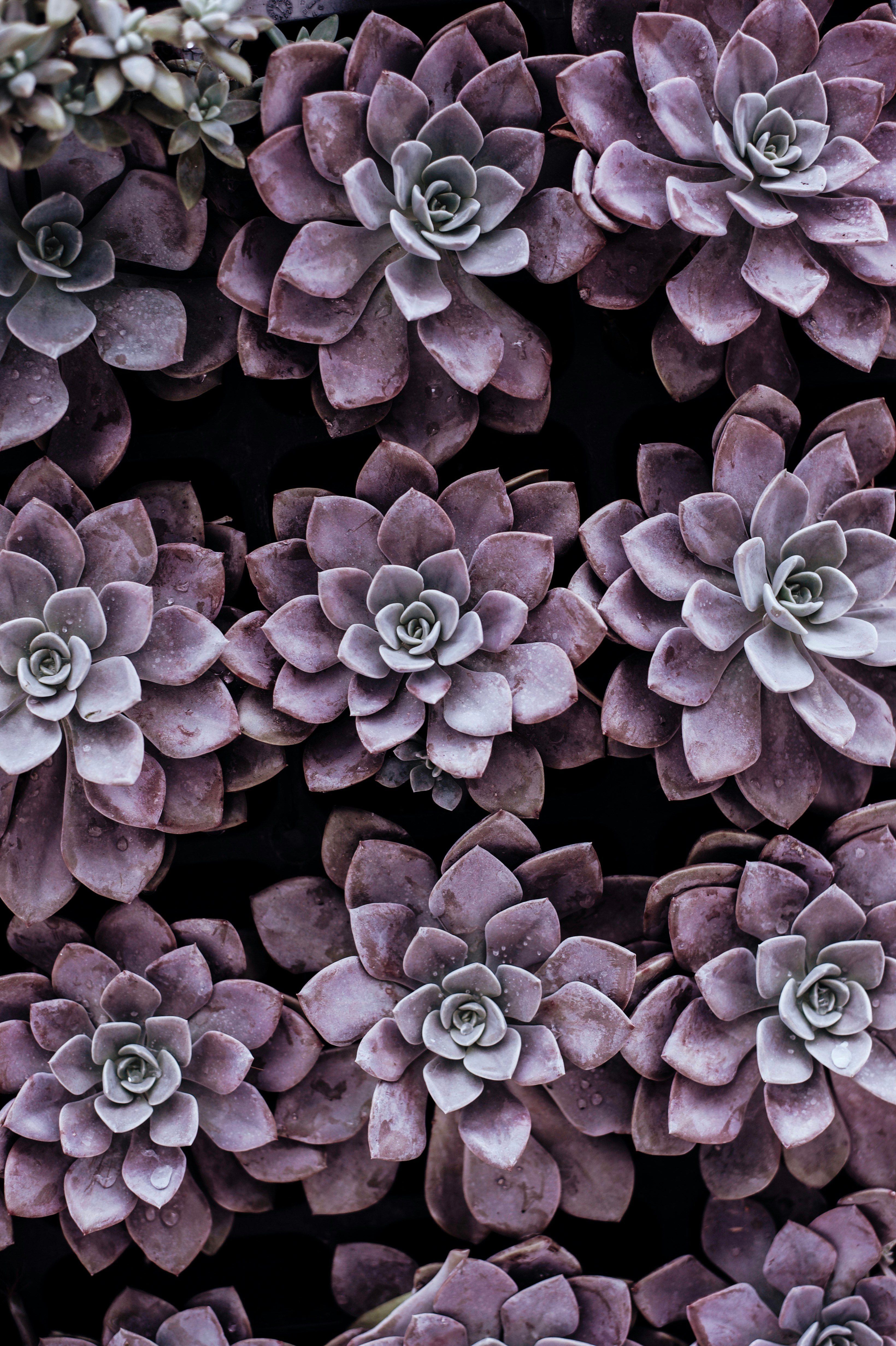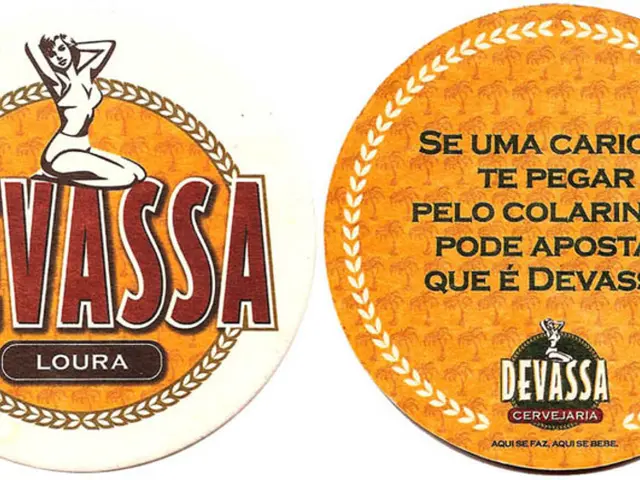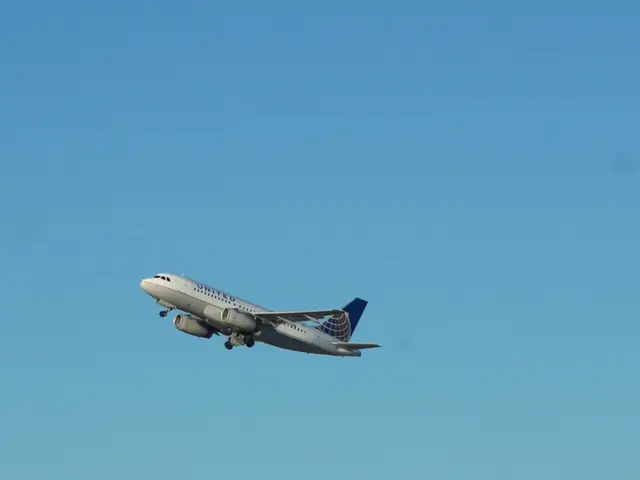Positioning Your Hummingbird Feeder for Optimal Bird Attraction: Expert Guidelines Revealed
Article: A Guide to Attracting Hummingbirds to Your Garden
Hummingbirds are delightful creatures that can add charm and excitement to any garden. However, their small size and unique feeding habits can make attracting them challenging. To ensure your hummingbird feeder becomes their preferred stopover, consider the following expert-recommended tips.
Choosing the Perfect Location
- Sheltered and Partially Shaded
Avoid placing your feeder in an open, sunny area. Instead, find a spot that offers some protection, like near a tree or under an awning, while ensuring the feeder remains visible. A touch of shade also helps keep the nectar fresh and provides relief from the sun's rays.
- Within Viewing Distance
Position your feeder where you can easily observe these magical creatures but far enough to avoid startling them. Observing hummingbirds can provide relaxation and improve mental well-being.
- Surrounded by Native Plants
Plant blooming native flowers or shrubs near the feeder to offer alternative food sources and create an inviting environment for hummingbirds.
Maintaining a Clean Feeder
Regularly clean and refill your feeder to ensure it remains attractive and free from pests. Moreover, a clean feeder reduces the risk of bacteria growth in the nectar.
Avoiding Potential Hazards
Keep the feeder at least 4 feet above the ground to protect hummingbirds from predators such as cats. Place it at least 3-4 feet away from windows to minimize bird-window collisions.
Optimizing Your Setup
Consider using a red feeder with an ant guard, as these design elements can attract more hummingbirds. Furthermore, planting native flowers not only enhances your garden's aesthetics but also provides natural nectar for hummingbirds.
How Frequently to Refresh the Nectar and Clean the Feeder
Change the nectar every 1-2 days, especially during warm weather, to prevent mold growth. Clean your feeder regularly, using a gentle soap and rinsing thoroughly before refilling.
Extending the Feeding Season
Keep your feeder out later in the fall, as many hummingbirds may stay in their migration spot longer than expected.
In conclusion, with the right setup, cleanliness, and consideration for safety, you can create an inviting and appealing space for these vibrant and enchanting creatures.
- Outdoor gardening, filled with native plants and a red hummingbird feeder equipped with an ant guard, can be found in your home's lifestyle section of the fashion-and-beauty and food-and-drink magazines, as well as the home-and-garden ones.
- To extend the feeding season for hummingbirds, consider keeping your outdoor garden and feeder up longer, even into the fall, particularly if you're an avid traveler and worry about missing these vibrant creatures.
- In addition to managing a beautifully decorated home and a well-stocked wardrobe for shopping trips, don't forget the importance of maintaining a clean hummingbird feeder and providing ample blooming flowers for these small, feathered friends.
- As a car enthusiast, navigating through your town's picturesque outdoor gardens filled with blooming flowers and industrious hummingbirds can make for a delightful drive on a sunny day.
- Remember to prioritize the location of your hummingbird feeder, ensuring it's sheltered and partially shaded, yet within easy viewing distance, to create the perfect environment for these charming and energetic pets.
- Whether you're a seasoned gardener or just starting out with outdoor gardening, hummingbird feeder setup tips like keeping the feeder at least 4 feet off the ground and away from windows can be found in many popular home and garden magazines.







